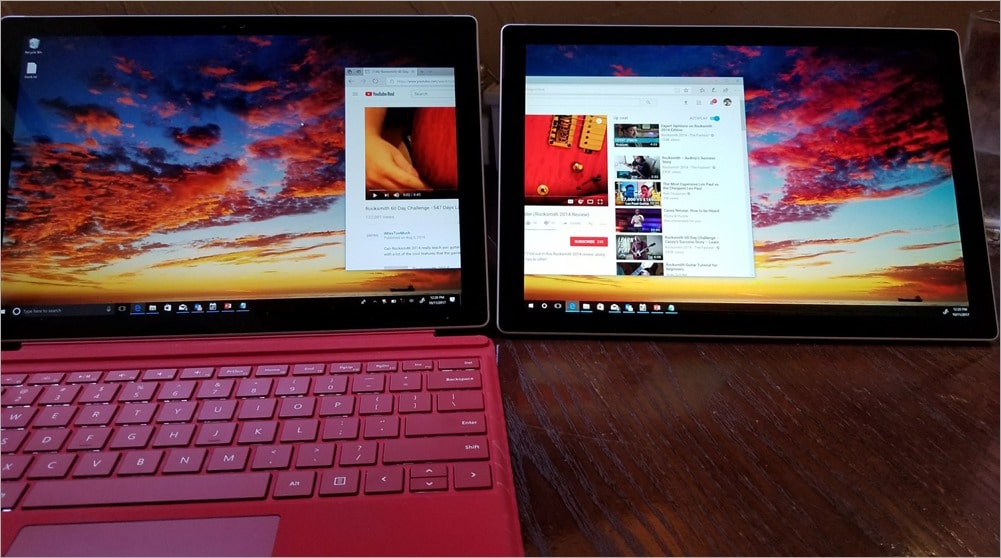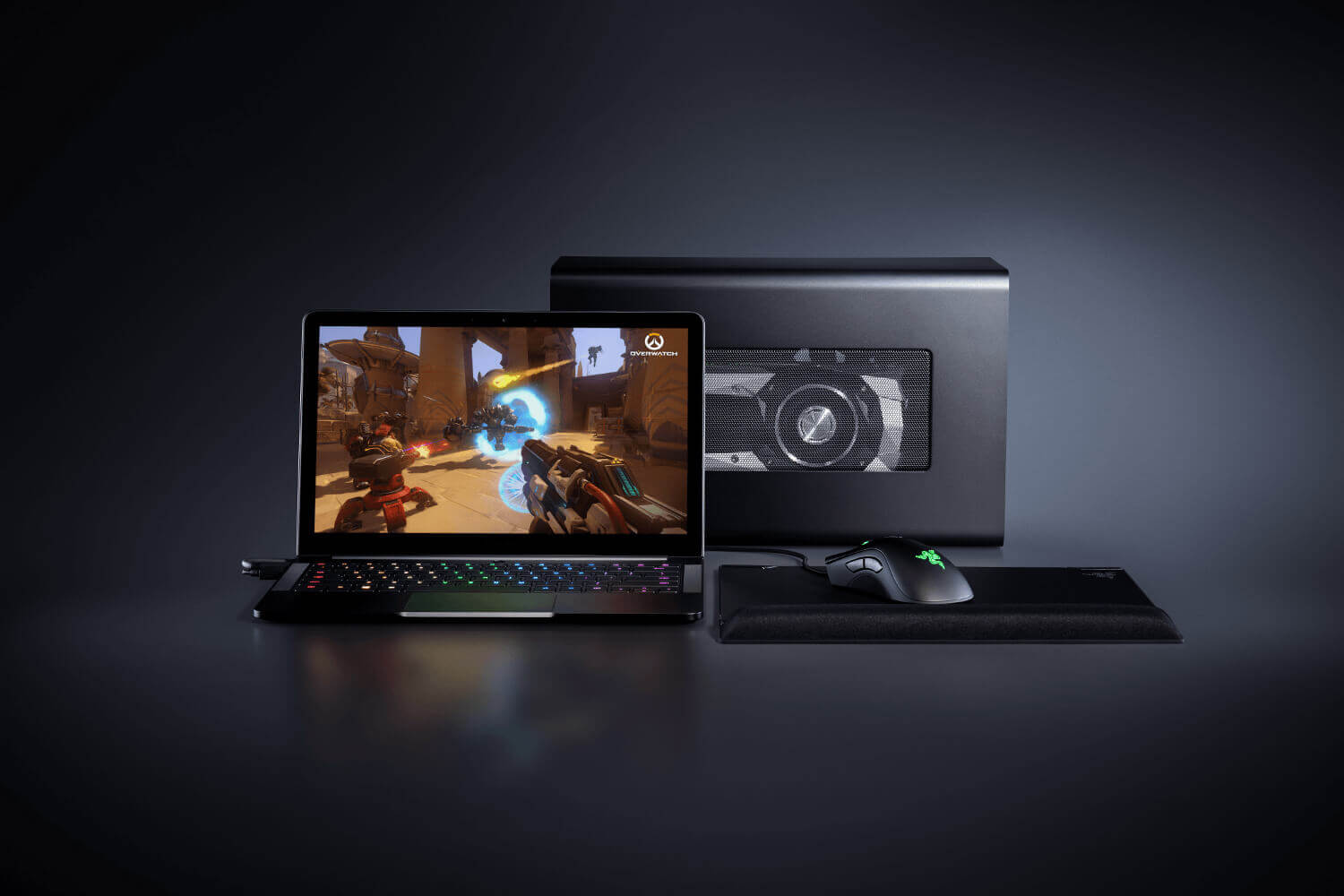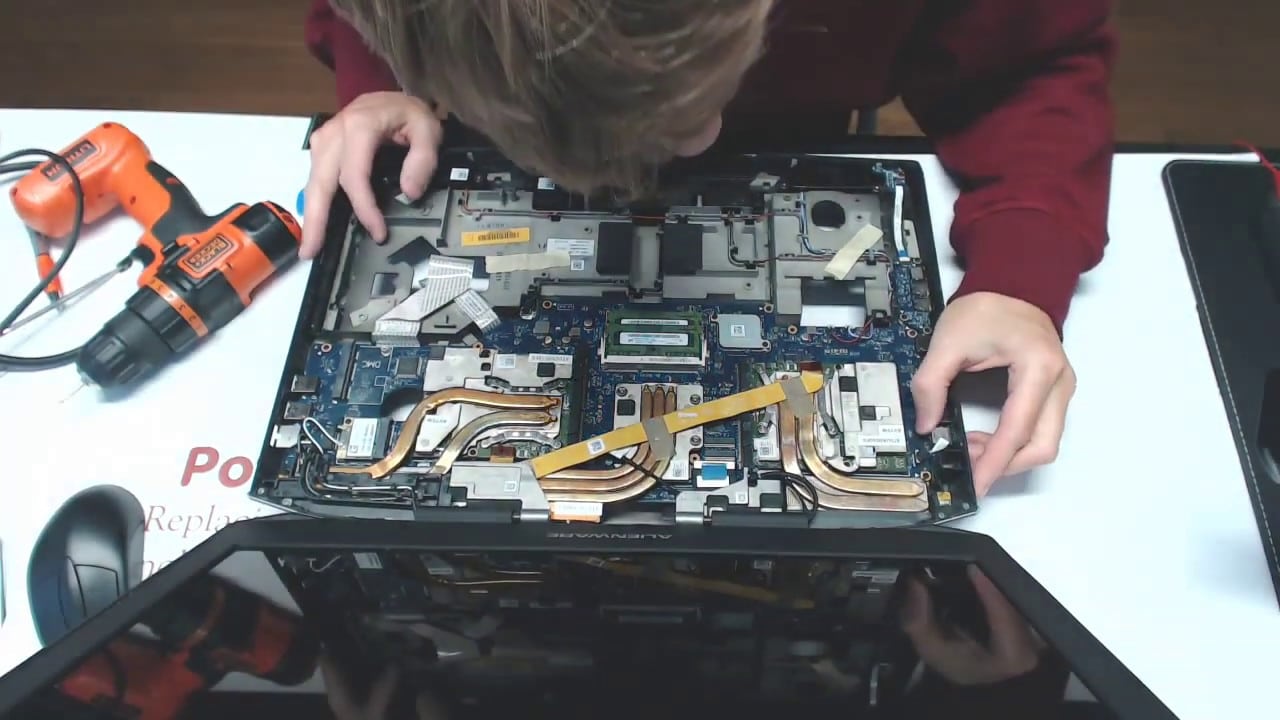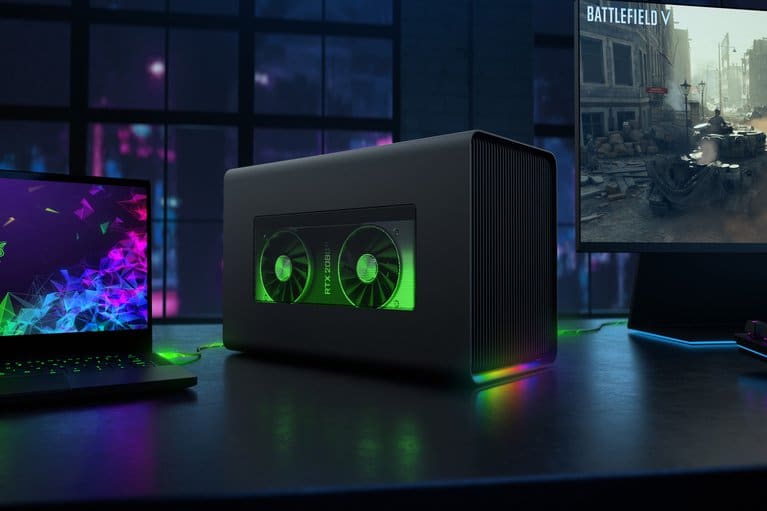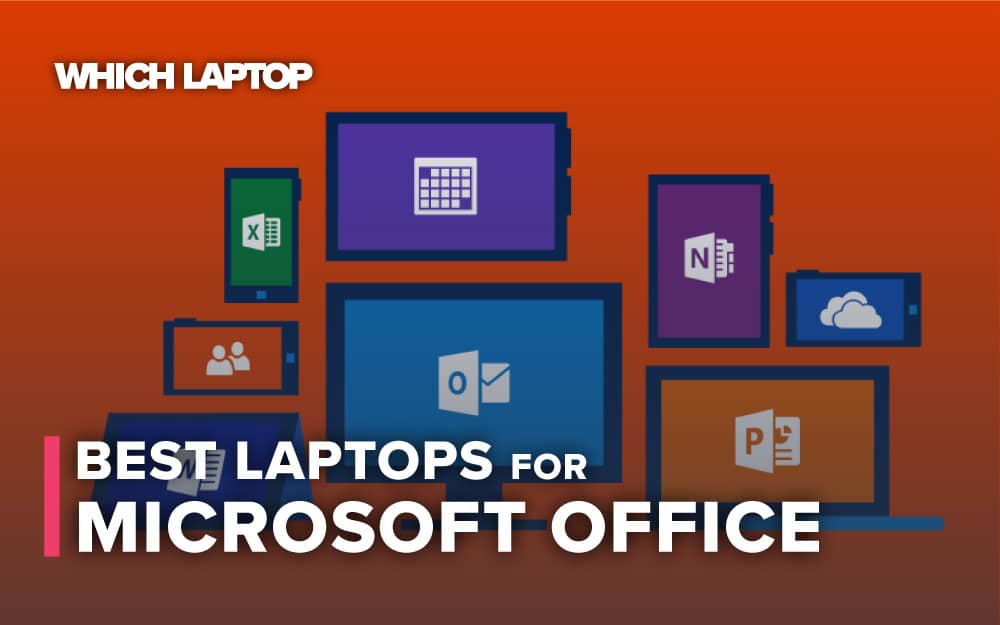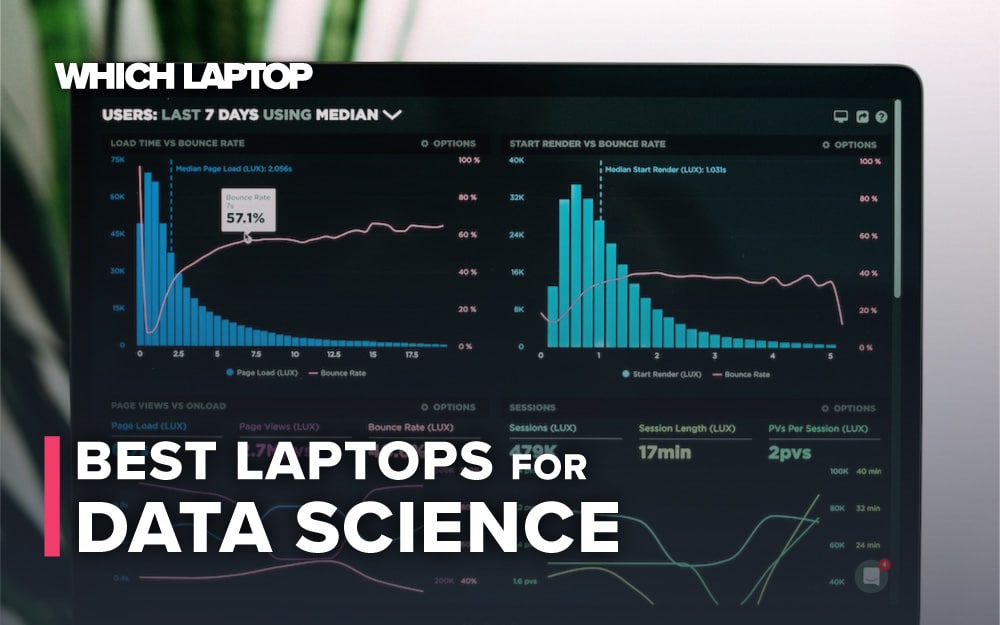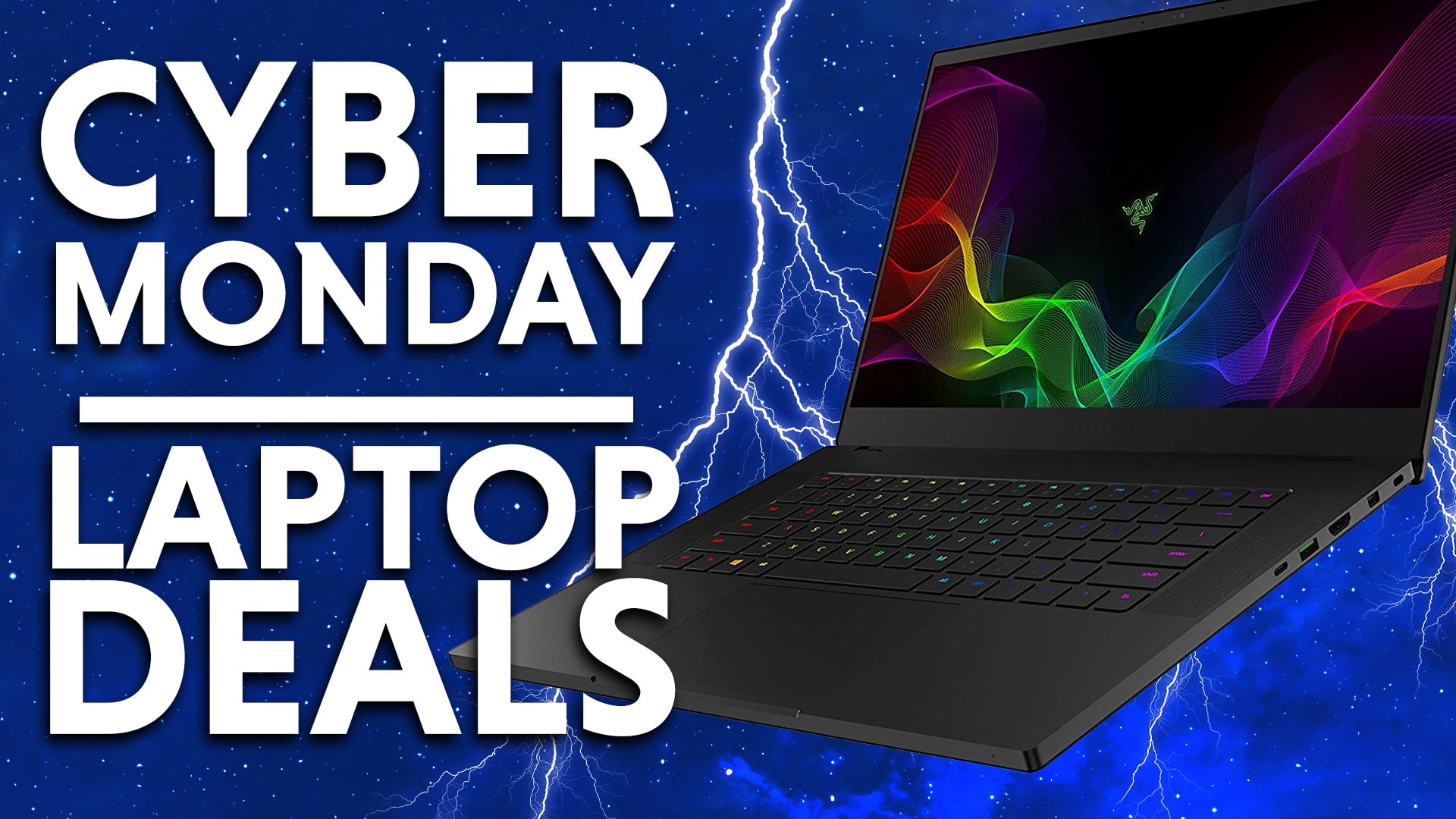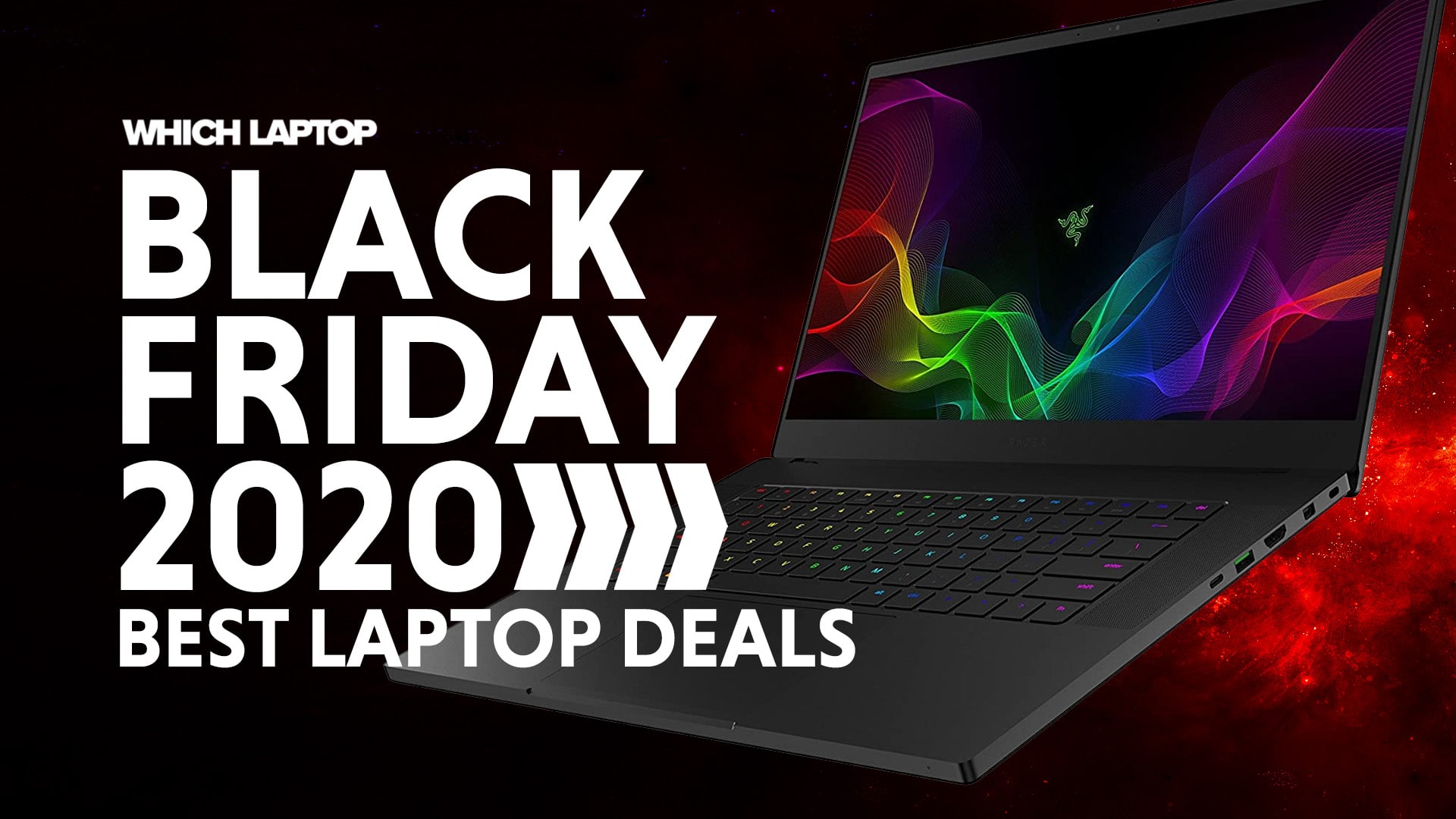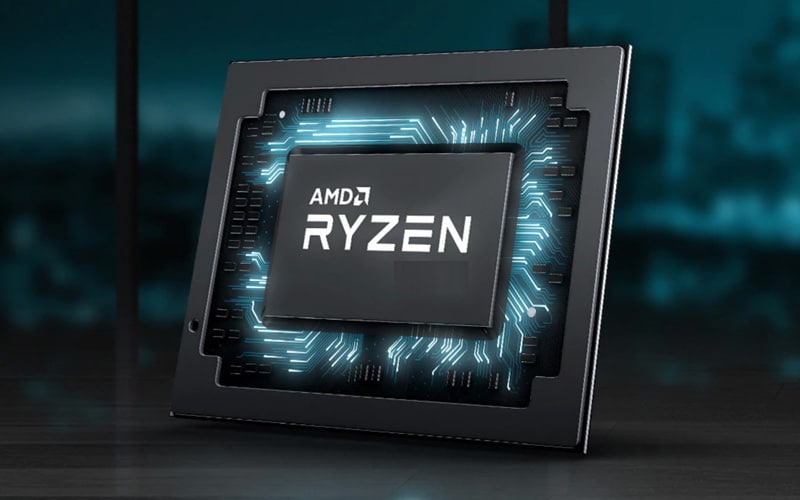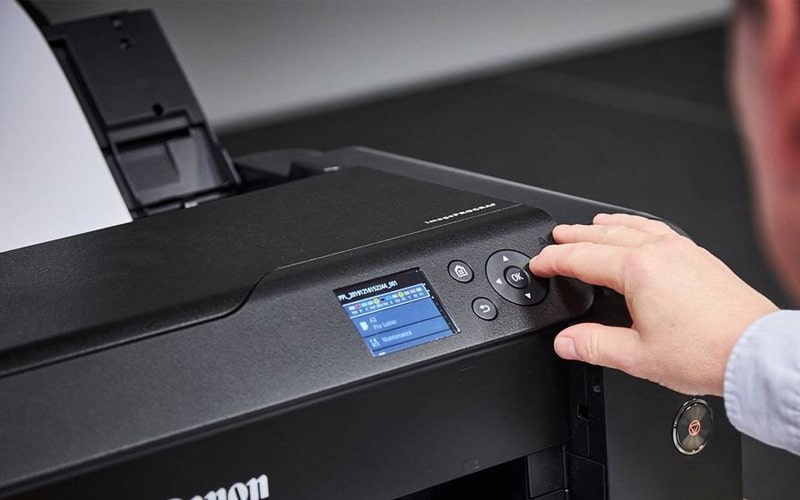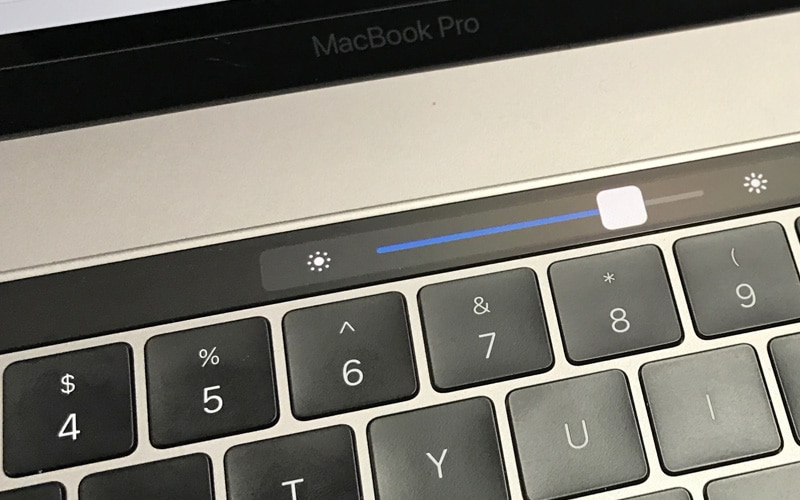Michael Tomlinson
-
IBM Reveal Power10 CPU
Updated
by
-
The Best External Monitors For Laptops
Laptops are great – they are ultra-mobile, easy to use, and often cheaper than their desktop equivalents. The thing is, once you are sat at a desk and get working you can often feel the need for a little more room when it comes to your displays. There are loads of reasons why you might […]
Updated
by
-
The Best External GPU For Your Laptop
We all have laptops, we all love laptops – but what happens if (for example) you bought yourself a gaming laptop, loved it, and a few years down the line are finding yourself incapable of playing the latest releases because of outdated hardware. You’re out of luck right? Wrong. It turns out that it is […]
Updated
by
-
The Best Internal Laptop Upgrades
Updated
by
-
The Best External Laptop Ugrades
Updated
by
-
Which Laptop’s Guide To Laptop Hygiene
Updated
by
-
The Best Laptop For GIS
GIS is a bit more demanding in terms of hardware compared to other studies and professions. So, unfortunately, you’ll have to get something that’s a bit powerful. Truth be told, that’s easier said than done. Many sellers can pass off a laptop as an overall good and powerful choice without mentioning anything about the downsides […]
Updated
by
-
Best Laptop for Microsoft Office
Microsoft Office isn’t exactly known for being a demanding suite. But, at the same time, that doesn’t mean that finding a decent laptop for it is an easy task. After all, even for something so simple, there are a ton of things to keep in mind. Weight, screen size, battery life, and build quality are […]
Updated
by
-
The 5 Best Laptops For Ubuntu
Ubuntu is a Linux distro that can technically run on every modern laptop. But that doesn’t mean that you should run it on every laptop. Some options are better than others. However, the reality of the situation is that every laptop has certain advantages and disadvantages – which is why finding the best one for […]
Updated
by
-
Best Laptops for Machine Learning
Machine Learning and Deep Learning are very demanding in terms of hardware – especially Deep Learning. That’s why most people generally prefer desktops when it comes to machine learning, but what if you need a laptop? If you’re like us, and you’d much rather use a laptop for all your machine learning needs, then you […]
Updated
by
-
Best Laptops For Data Science
Finding the best laptop for data science can be more complicated than most people seem to think. There are a lot of things to keep in mind. OS, display, components, portability, battery life, and more. That’s why we decided to help you out by sharing our experience with this article! So, without any further ado, […]
Updated
by
-
The 5 Best Laptops for Civil Engineering Students
Civil engineering can be quite demanding. Not only in terms of skills, but also in terms of hardware. You’ll need quite a powerful machine that works as fast as you do – especially as far as 3D rendering is concerned. That’s why picking the best laptop is essential. However, the best choice differs from person […]
Updated
by
-
Best Laptops for Nursing Students
Everyone needs a laptop nowadays and nursing students aren’t an exception. Sure, compared to other students, you’re generally low-maintenance in terms of hardware requirements. Pretty much every laptop that’s fully functional will do. However, since you’re going to be spending that money anyway, why not also spend a few minutes of your time into finding […]
Updated
by
-
Best Laptops For Stock Trading: Complete Buyers Guide
Nowadays, stock trading is slowly becoming more and more of an online/digital practice. And if you’re going to get a new computer for it, you may as well pick the best laptop for stock trading. That being said, finding the best choice can be quite a challenge as the perfect laptop doesn’t exist. Every option […]
Updated
by


